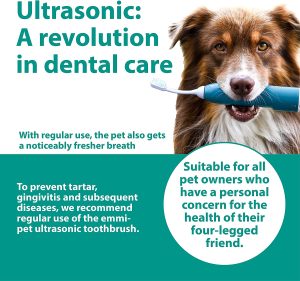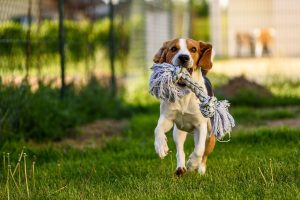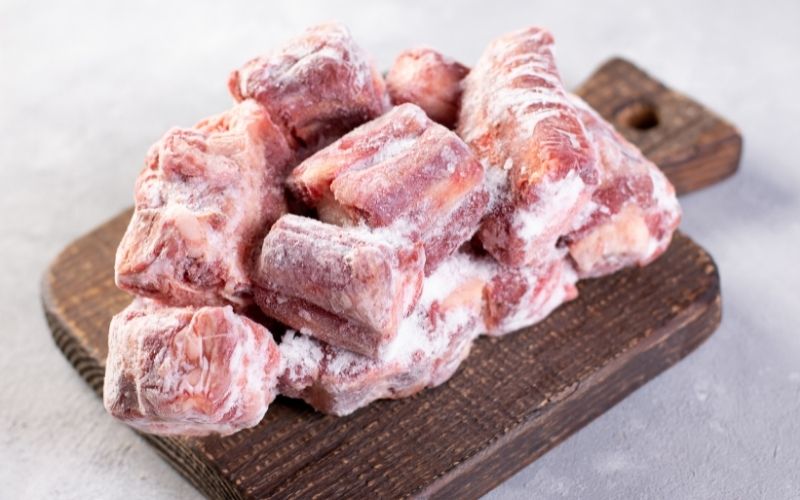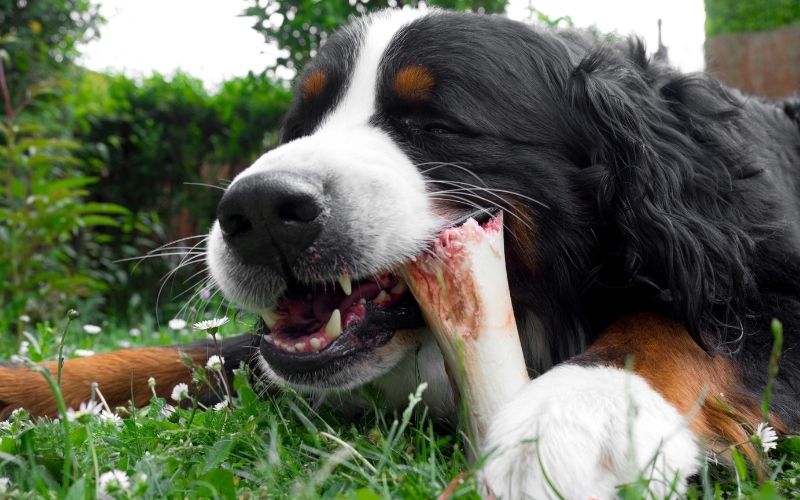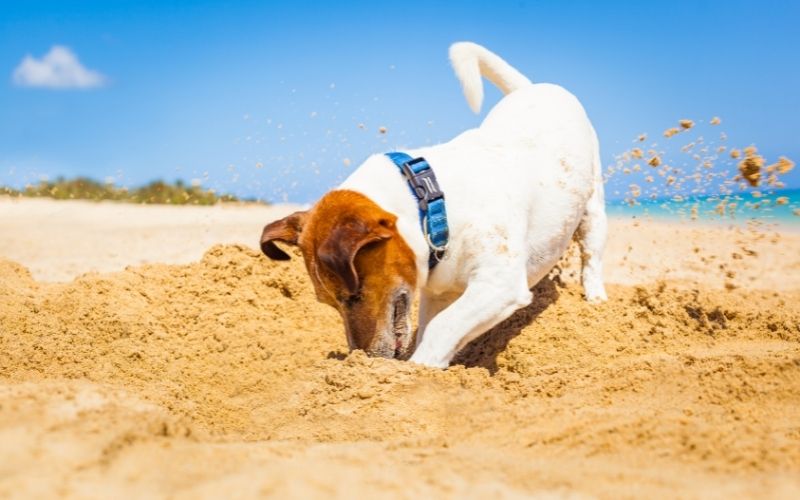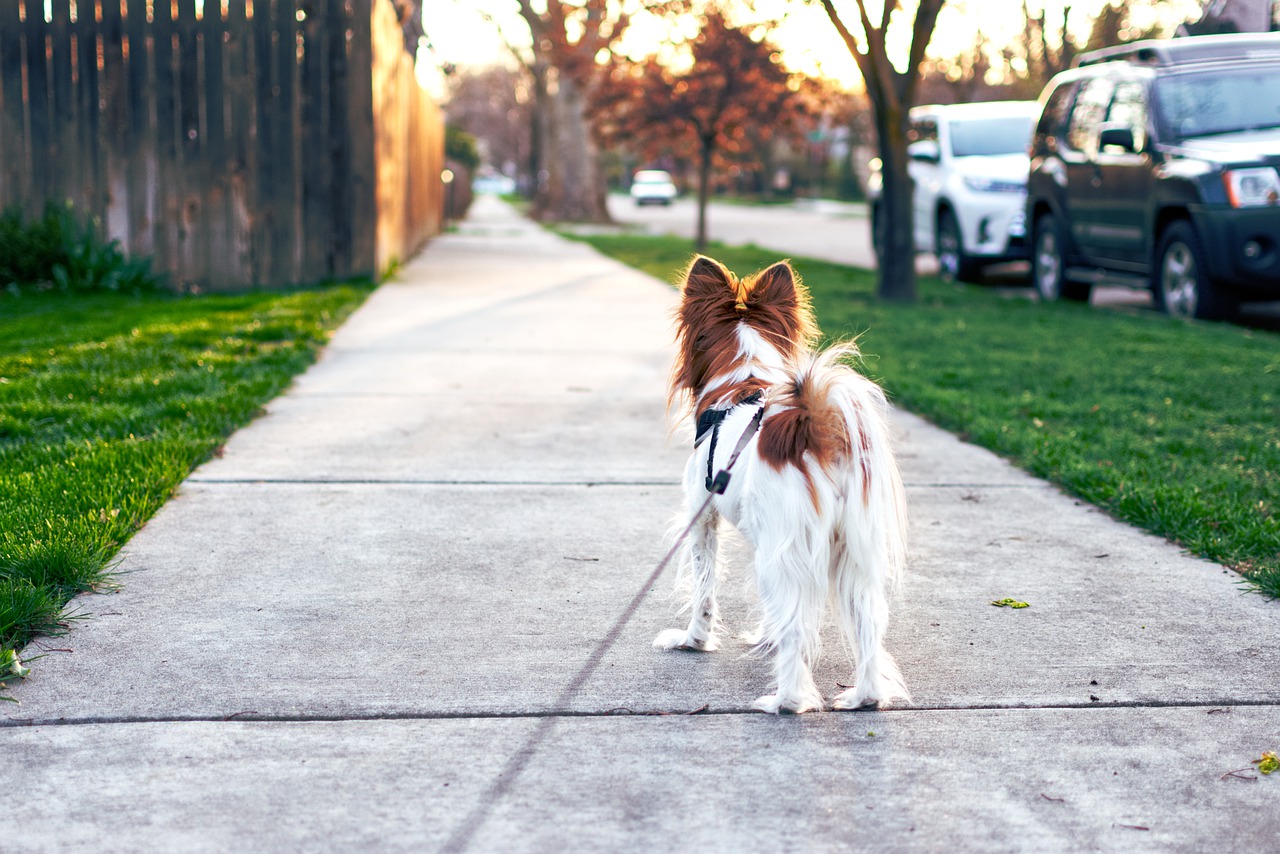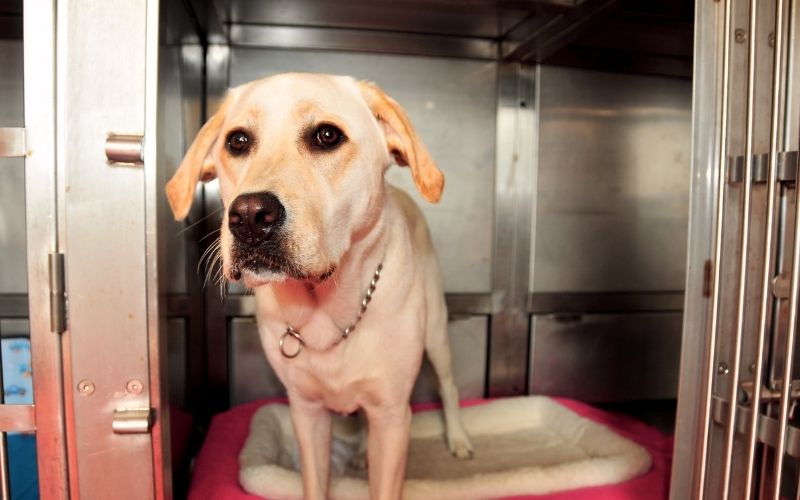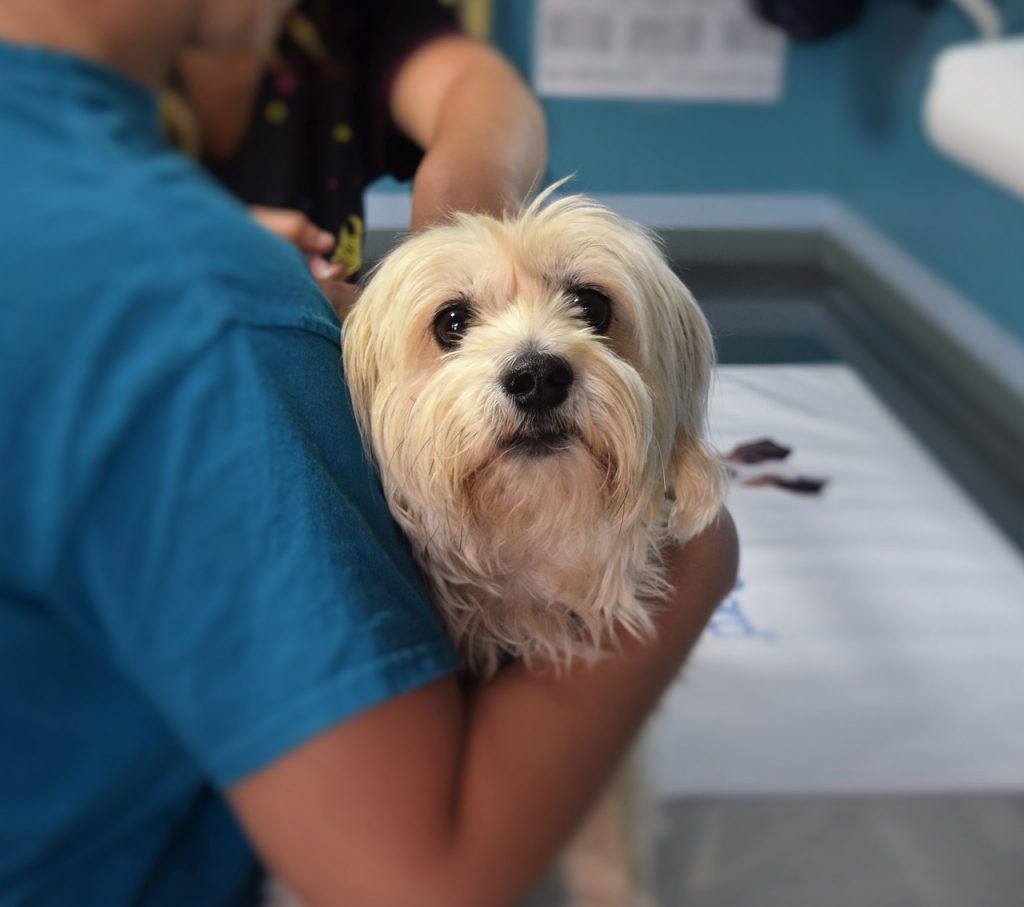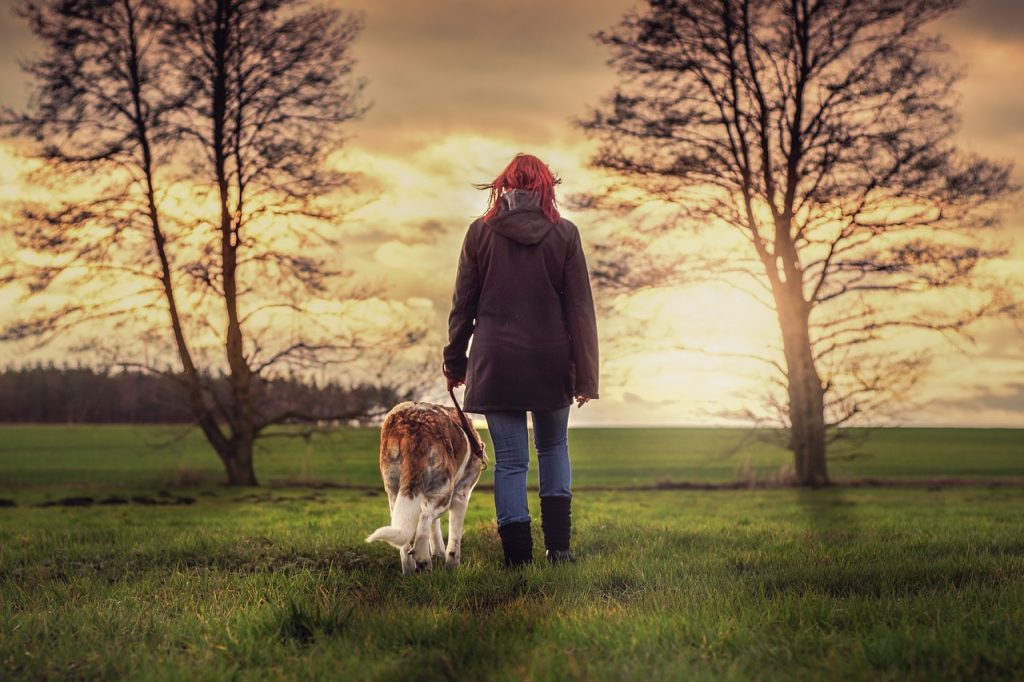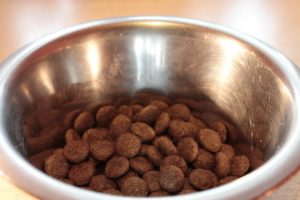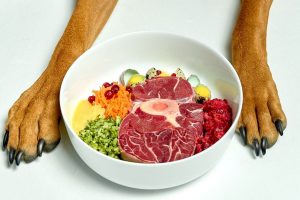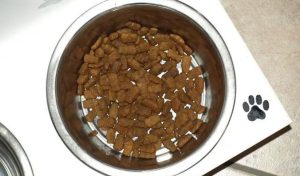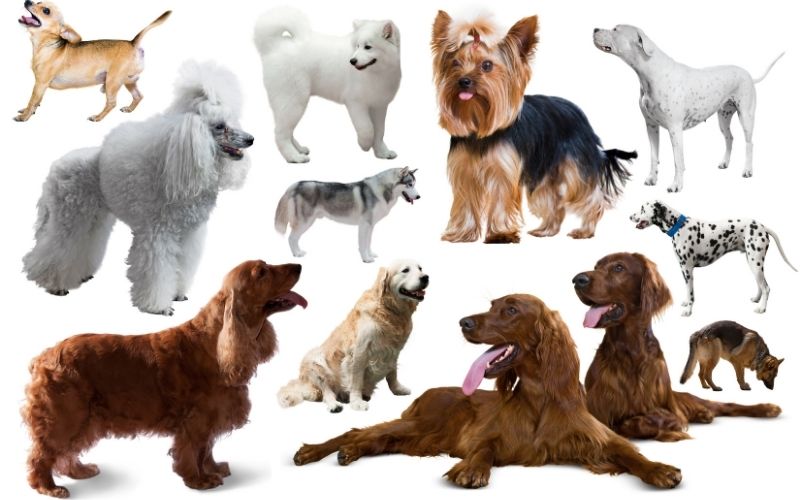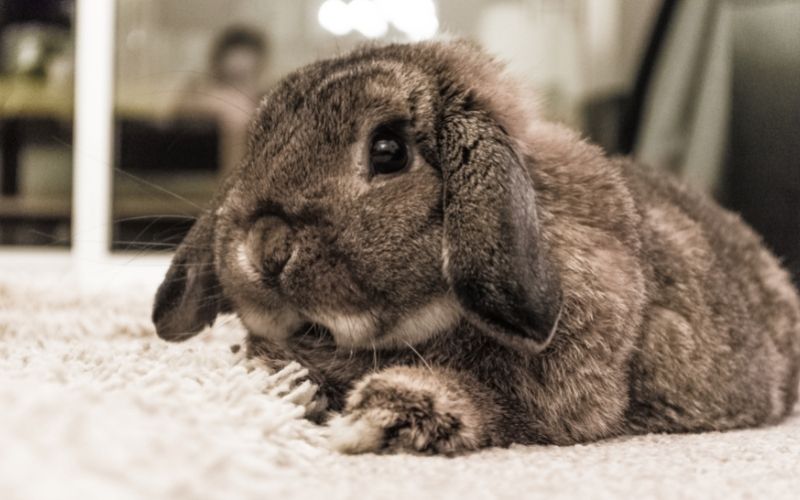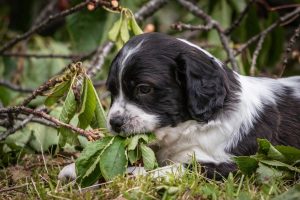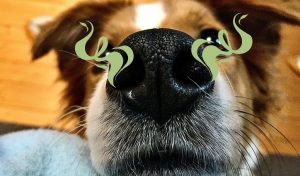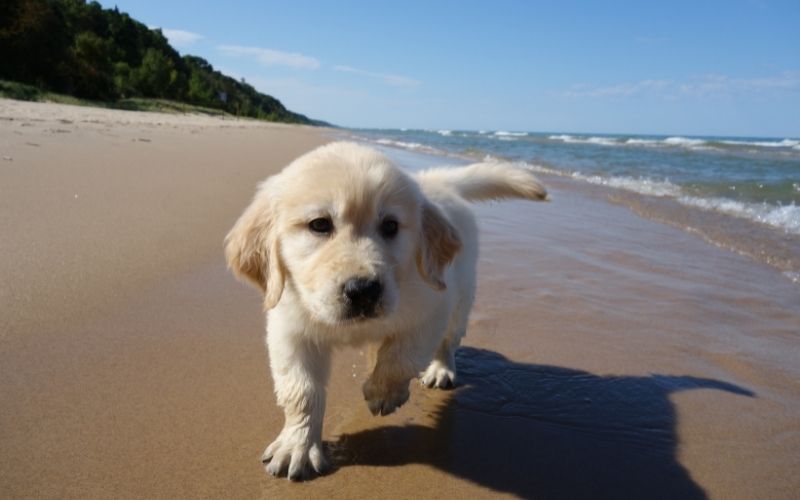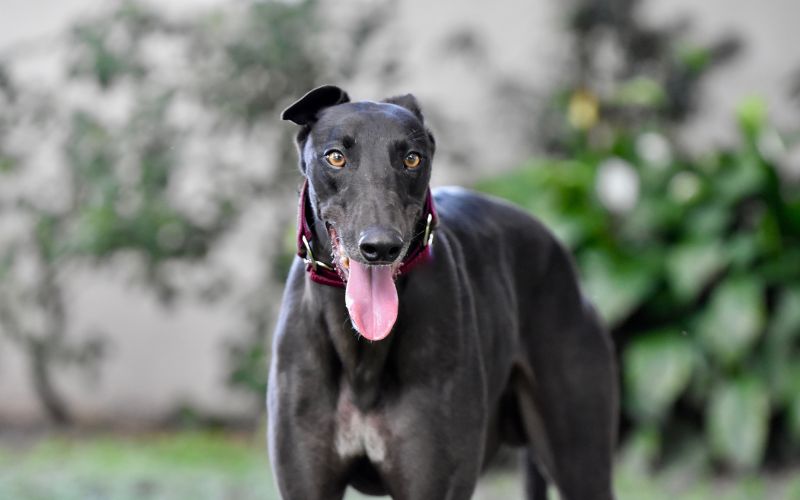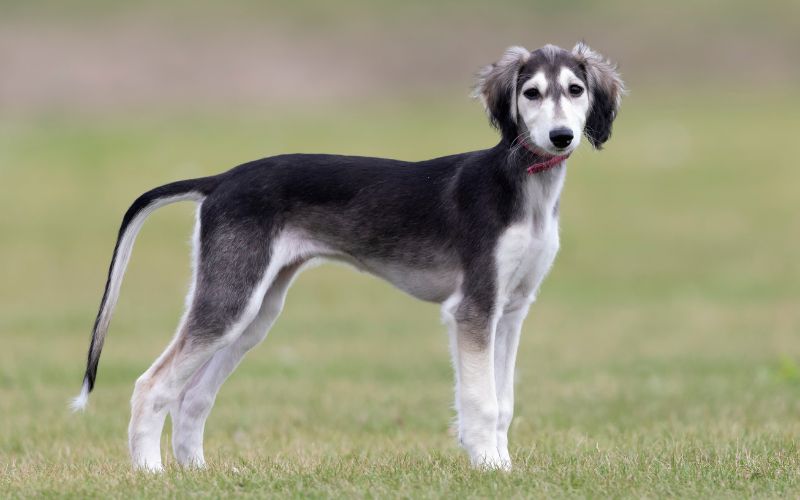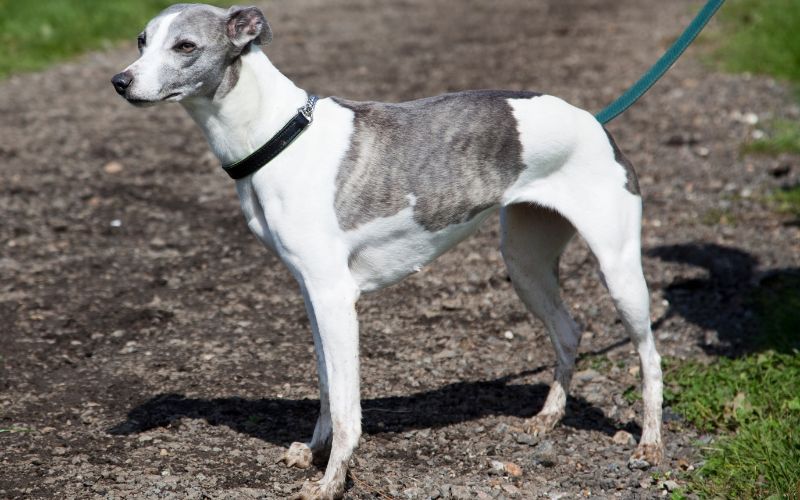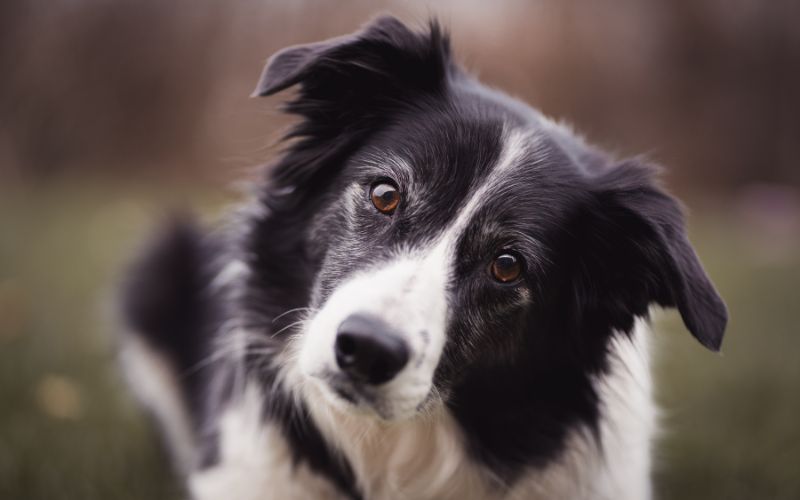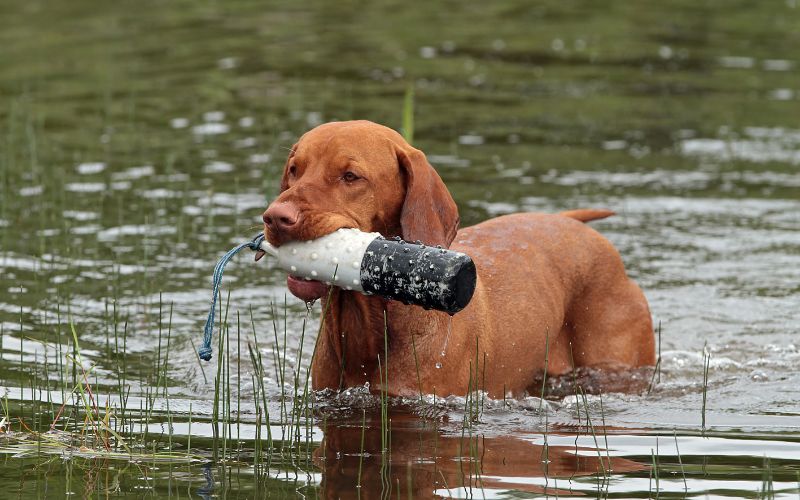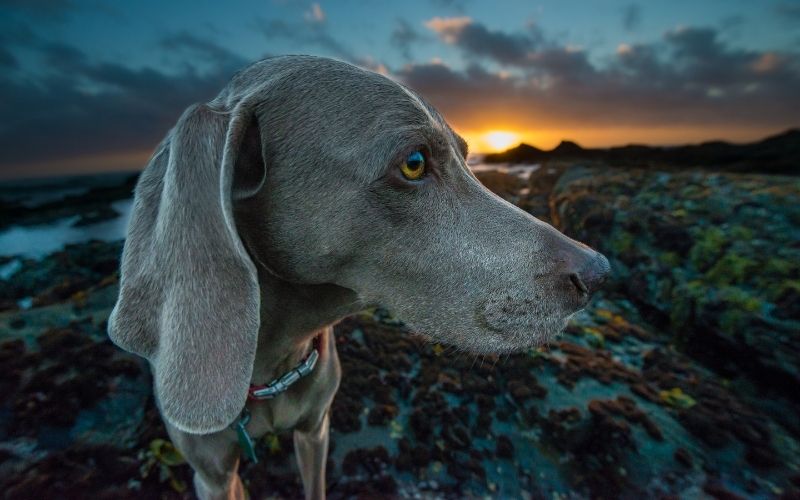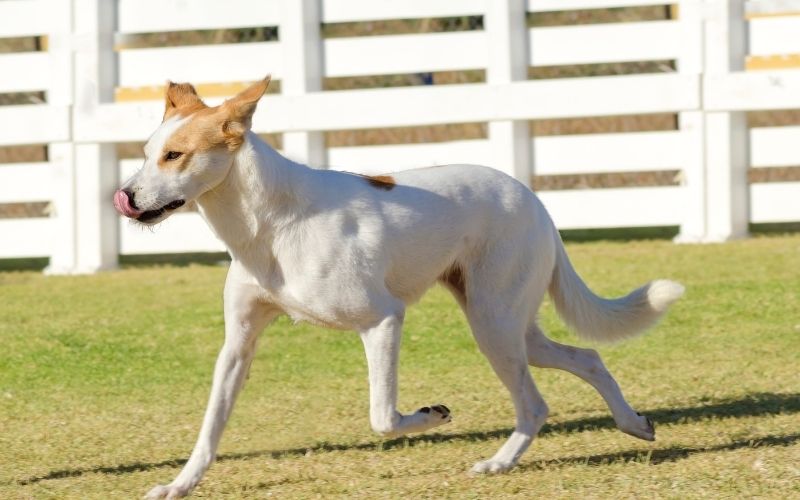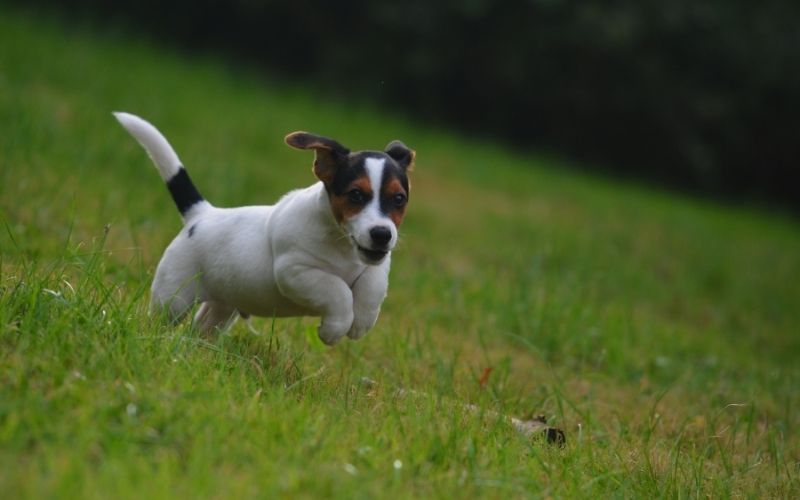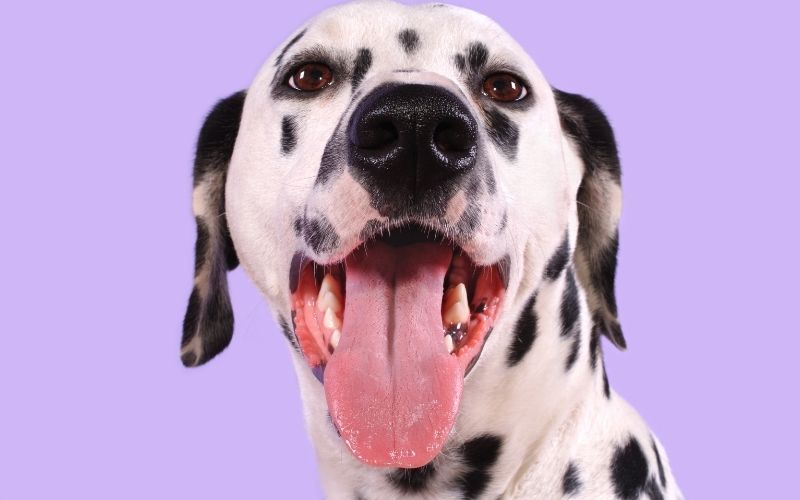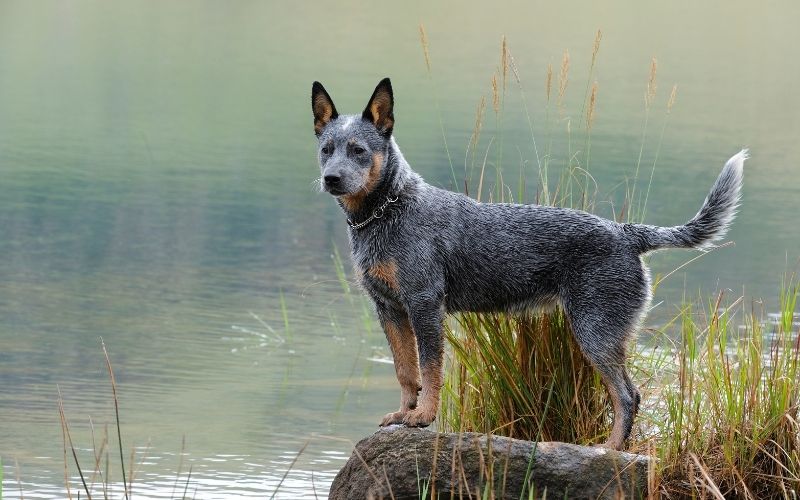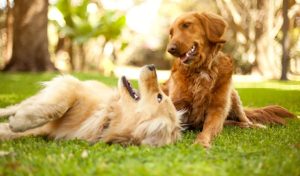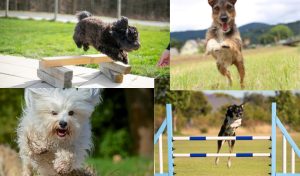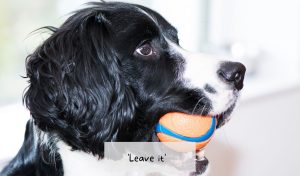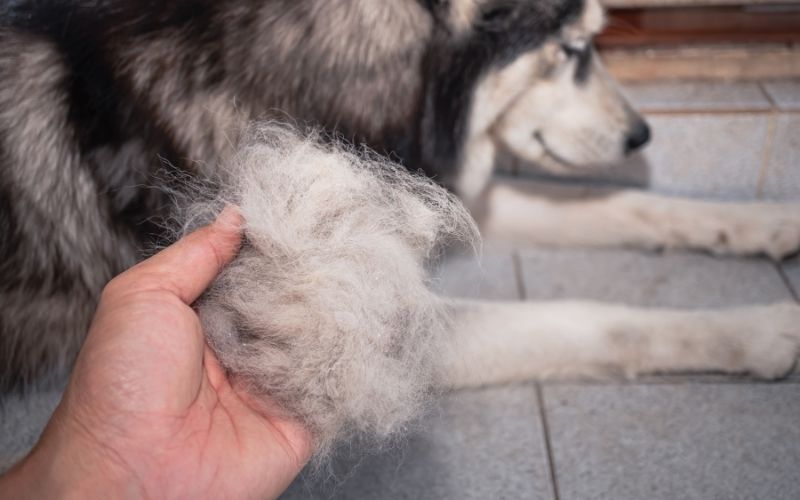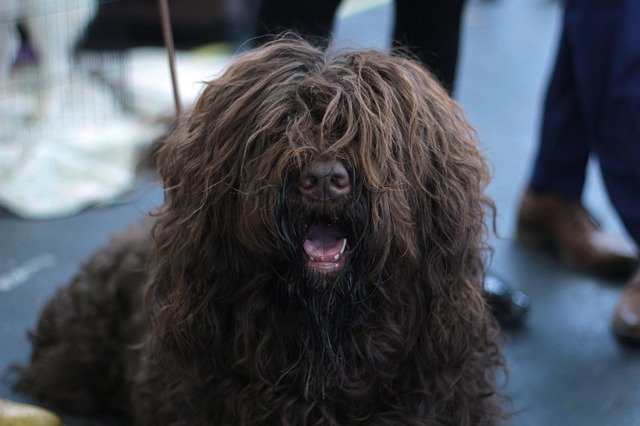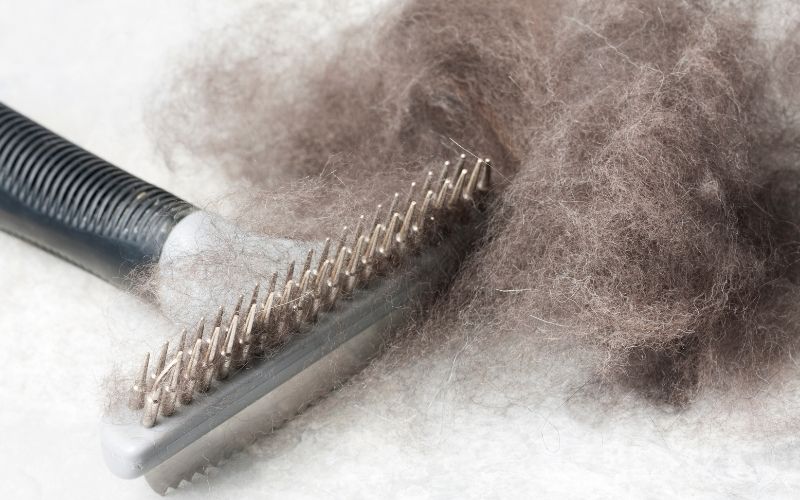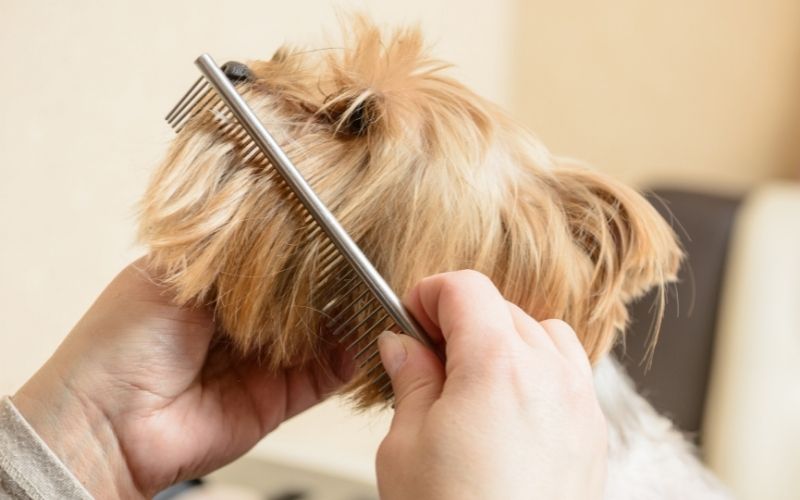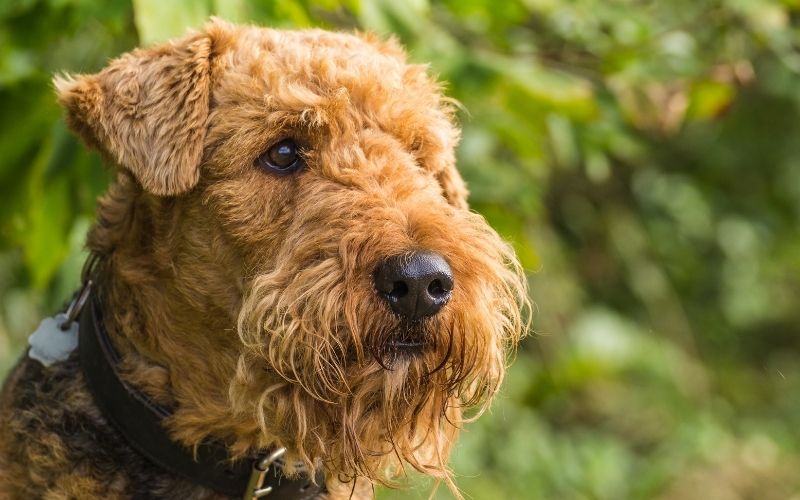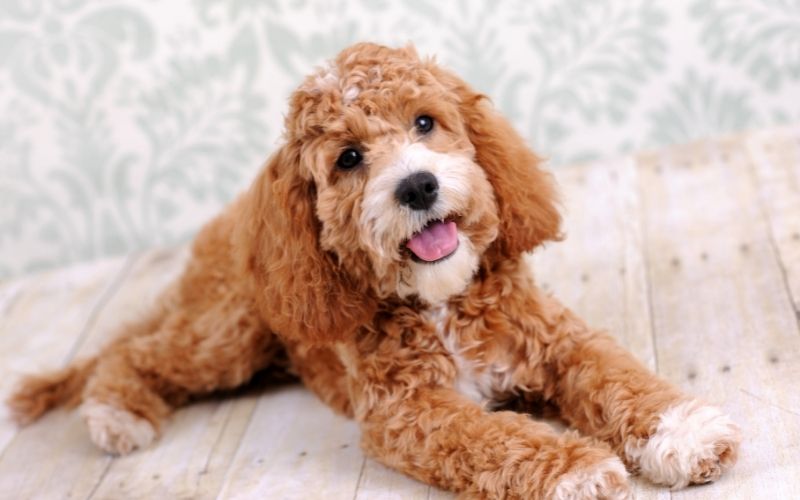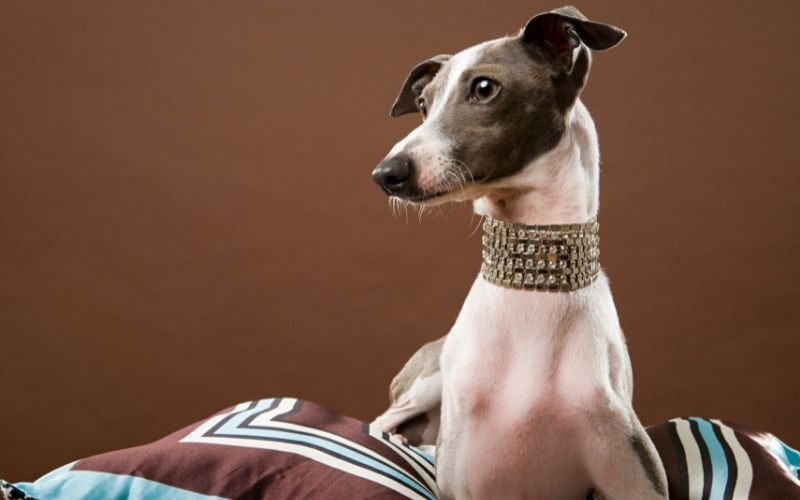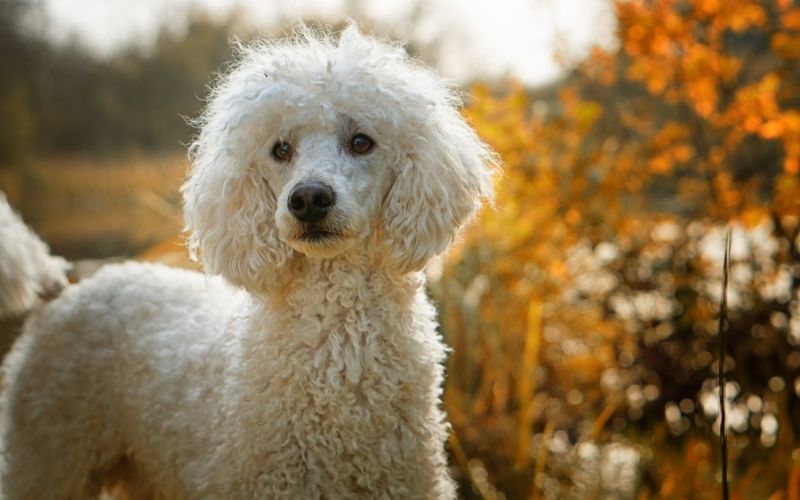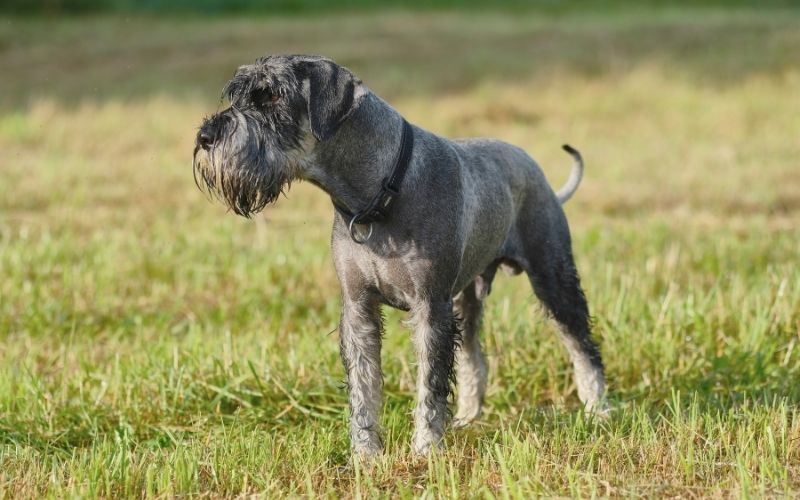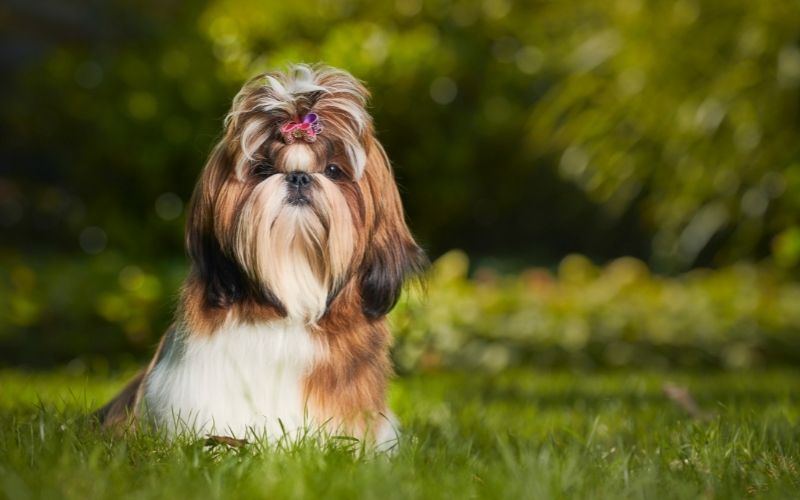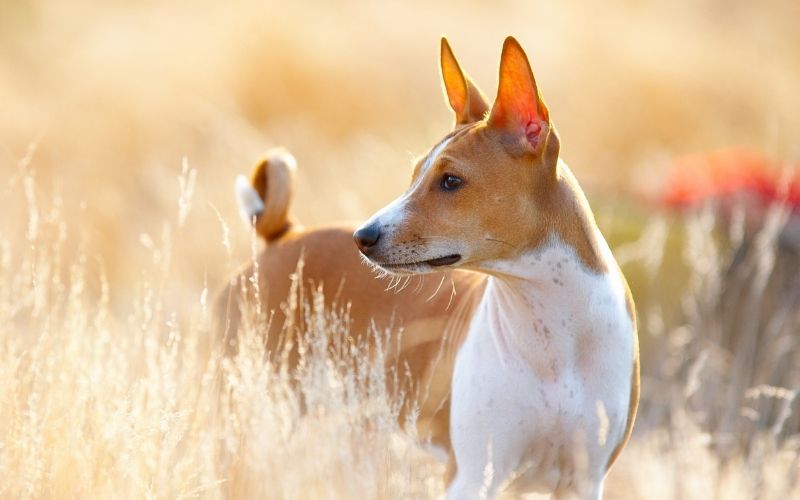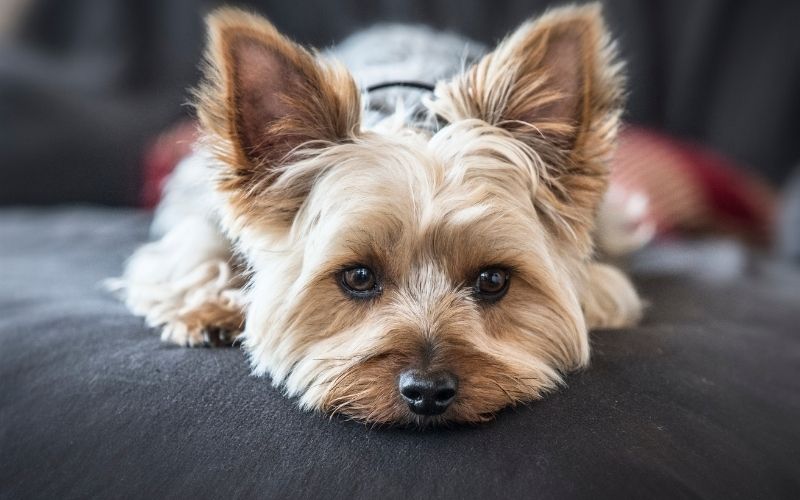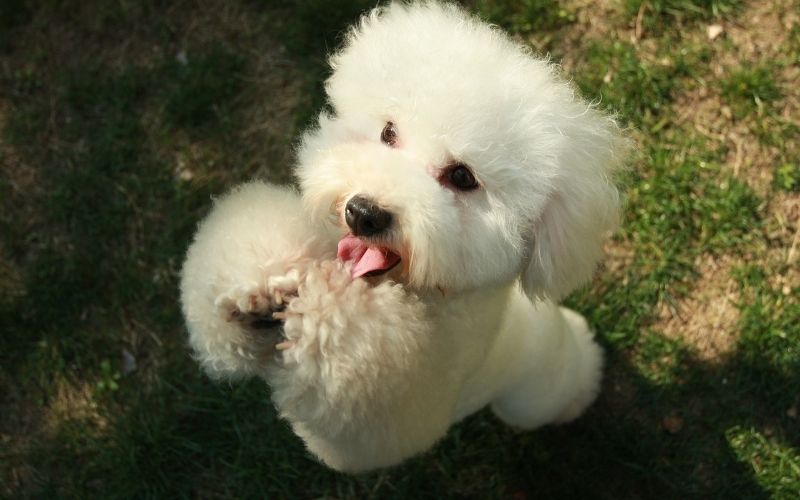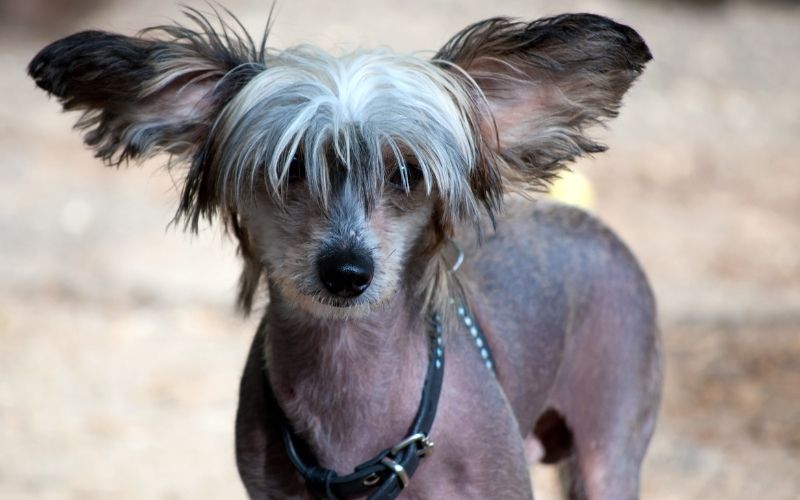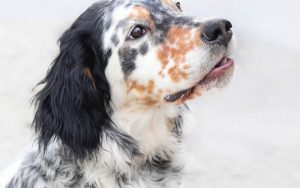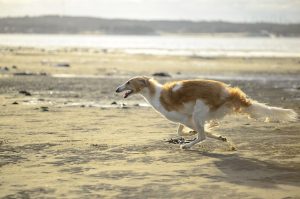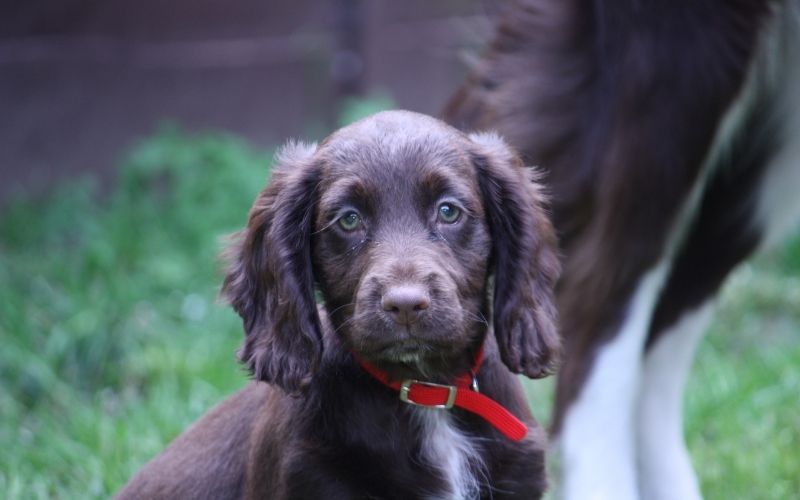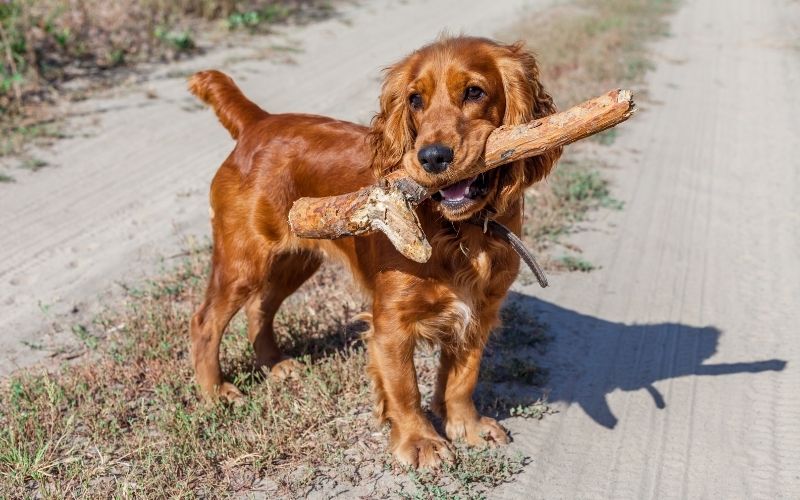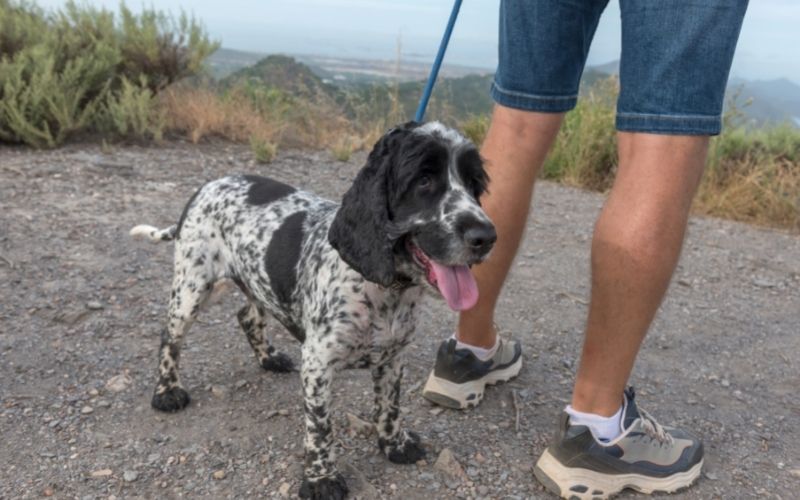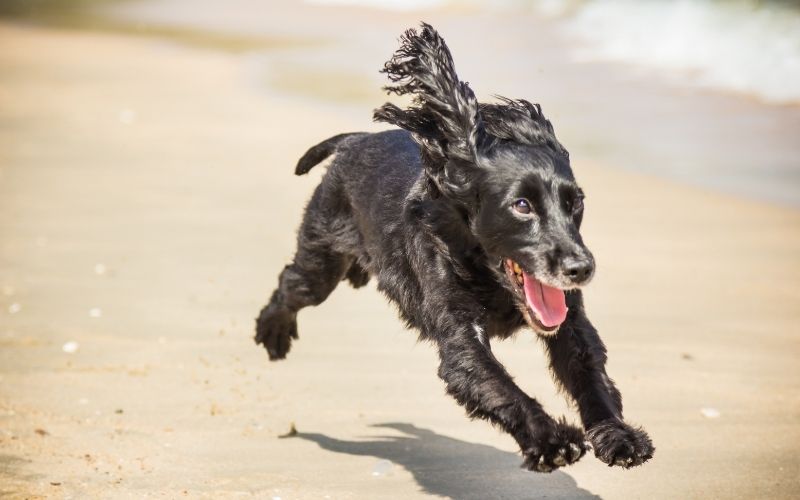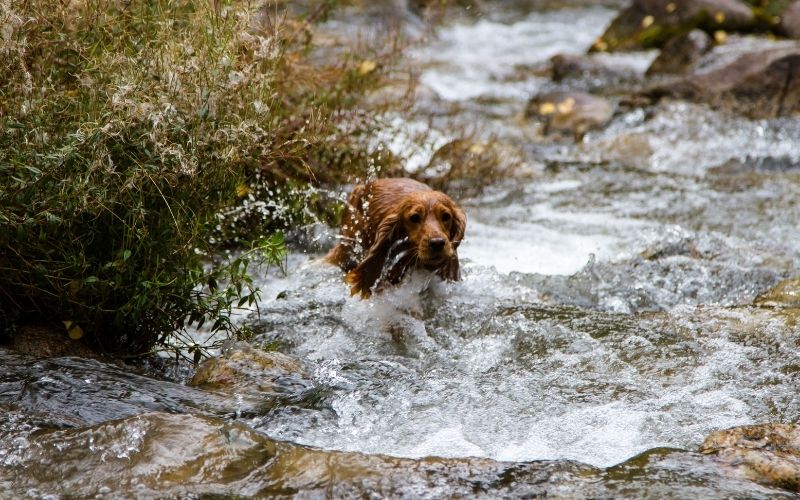There are a lot of factors to consider when choosing a dog, and if you enjoy running then you may be thinking about the type of dog that would be best suited to going out with you.
While any type of dog can be a running partner, there are some breeds that are better suited for endurance exercise than others.
The best dogs for long-distance runners are those that have high levels of energy and stamina. Breeds that were originally bred for hunting or herding, such as Border Collies and Australian Cattle Dogs, make excellent running partners. These dogs are typically very athletic and have the endurance to keep up with a runner for miles at a time.
What to think about for long distance running with dogs
The route
Running with your dog might be enjoyable, but it can also be difficult. You must first consider your route carefully.
Is it safe for a canine? Can your dog run freely throughout the course?
You don’t want to attempt running with a dog on a lead or cord, because it’s a tangle nightmare, and you’ll only try it once.
The ground
You can’t really take your dog for a run on hard surfaces like pavements and roads since it might harm their paws.
Although their paws are durable, they are also delicate and susceptible to harm.
Running on hard surfaces for lengthy amounts of time can harm your dog’s pads and paws.
He won’t enjoy himself.
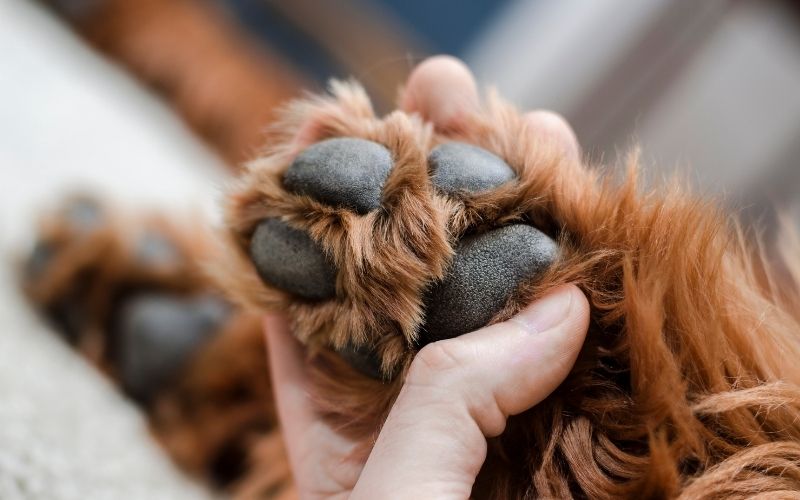
The weather
Aside from the sort of running, consider your climate.
Dogs require water, just like humans.
Dogs can’t sweat and keeping them cool may be difficult for many dogs; this is why dogs die in hot cars – if you live in a hot region, your dog will have a hard time staying cool and comfortable if you take him out for a run in the middle of the day.
Dogs with thick coats will also have a more difficult time in hot weather – they can’t sweat, so they rely on their coat to help regulate their body temperature.
If it’s too hot, they can overheat quickly.
In cold weather, on the other hand, you’ll want to make sure your dog is wearing a sweater or coat to protect him from the elements.
You’ll also want to be aware of ice and snow on the ground, as it can be easy for a dog to slip and hurt himself.
How often do you run and for how long/far?
Although most dogs are fit they also like to have a day off – dogs can get injured and tired.
You’ll need to consider a dog breed or type that has the ability to stay the pace and not every breed is suited to an active lifestyle.
Other considerations
Before you get a dog consider other aspects of their care as well – the costs can add up.
You might have to get a new car for transport….your dog will need feeding and, if you are taking him out running you’ll need to be prepared to buy him the best quality food that you can obtain, he’ll need the energy both for the running and for healthy growth and sustainability.
Vet’s fees can be high, your dog will need innoculations and annual booster jabs.
He’ll also need worming every few months, washing and maybe clipping, his nails will need attention.
He will need somewhere to sleep, this might be a bed in your house or a kennel outside but he needs his own space – to get away from it all ( yes, they like downtime just like humans).
[content-egg module=Amazon template=item_simple]
Other activities
You’ll need to spend time with your canine companion.
Training is always a must with any dog as a badly behaved dog is no pleasure to anyone and, in fact, is a nuisance and can be dangerous, both to himself, other dogs and people.
You need to invest time in his training, development and socialisation.
So you need to consider all of these things before you embark on your quest to get a dog to take running with you- make sure that it is right and that you can care for him properly.
The best dog for a long distance runner
The best dog for a long distance runner is typically a very athletic dog with the endurance to keep up with a runner for miles at a time.
Sporting dogs are often a very good choice, such as:
The Labrador retriever
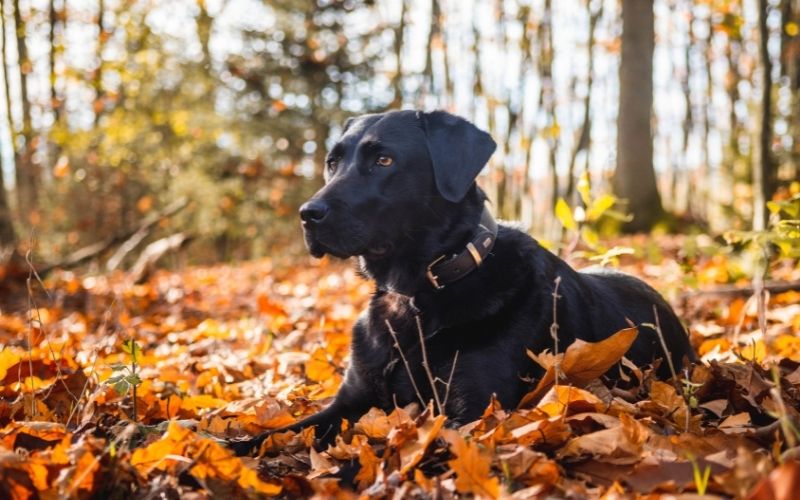
These are fit, intelligent and athletic dogs that have good energy levels and will provide good companionship while running.
Spaniels
Tireless dogs with boundless levels of energy. If you run 10 miles then they will run at least double that if they are off the lead.
Pointers
Pointers are long legged dogs that are suited for off road, fell running activities.
Border Collies
Intelligent, tough and energetic dogs that will run and run.
Jack Russell Terriers
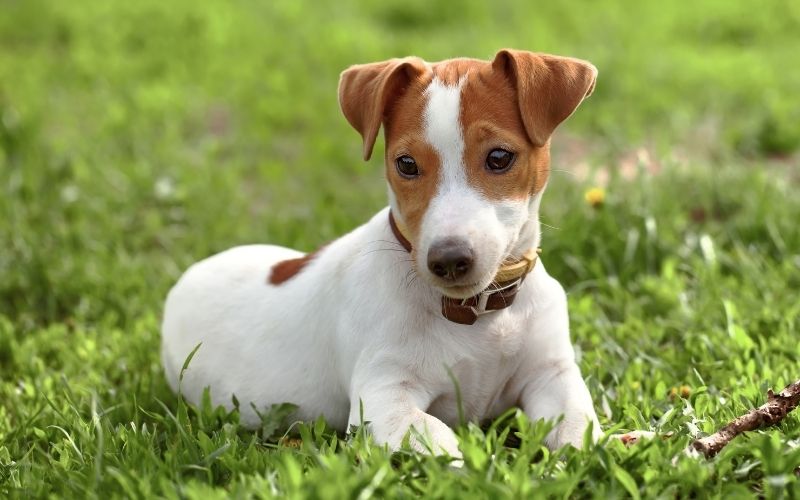
Perhaps not an expected suggestion but they are a small dog with a giant’s perspective, masses of energy and great runners.
Sight hounds are not recommended
You may think that some of the super athletic dogs such as greyhounds, salukis, basenjis and whippets would be good running partners and this might be accurate if you plan to train for sprints over short distances.
The chances are that if you took one of these dogs running that within the first 20 seconds or so the dog will have disappeared over the horizon.
They will have cleared off and you’ll have no chance of catching up – ever.
Final words
There are lots of dogs that would make a suitable running partner and the most important things to consider are the dog’s fitness and stamina and whether it is suited to going running.
Find a dog that you like but, if you end up with a sausage dog then you might need to reconsider how you exercise.
Read Next
Which breed of spaniel should I get?


